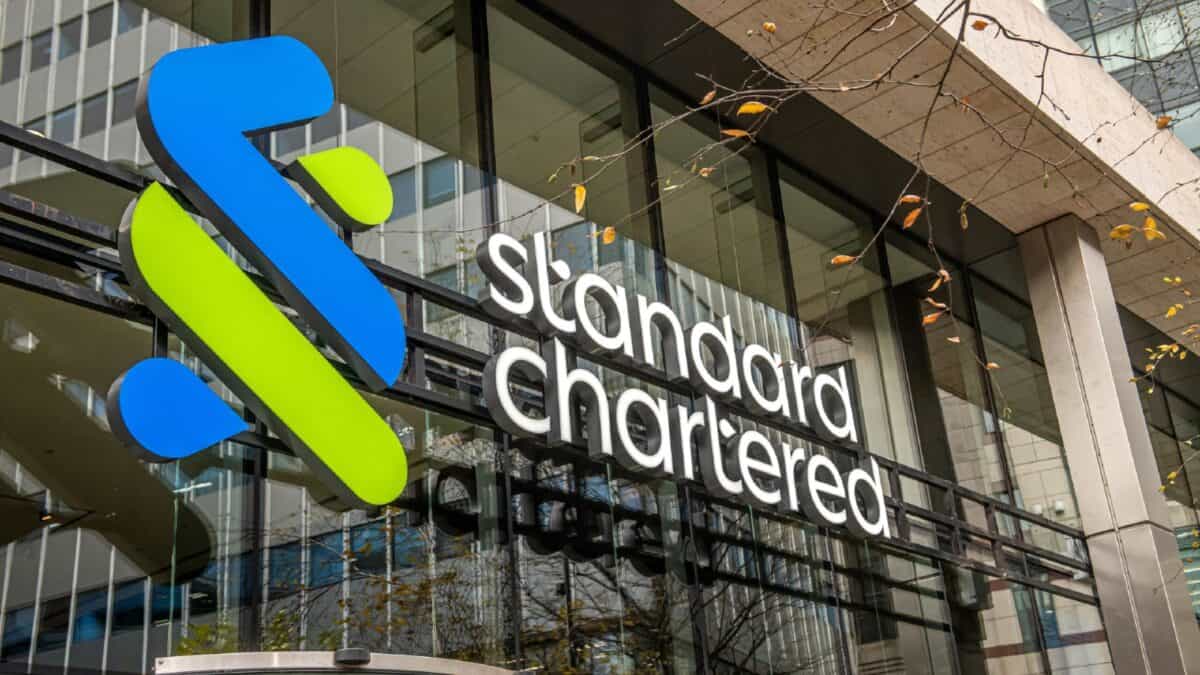As a previously long-suffering shareholder in emerging markets bank Standard Chartered (LSE: STAN), I am glad I sold my shares when I did. The shares have lost almost a fifth of their value since March, although remain 23% higher than they were five years ago.
But the business rattled the market this week with a disappointing set of quarterly results. I think that has implications for the Standard Chartered dividend forecast.
Worsening business performance and outlook
As a believer in long-term investing, I try not to pay too much attention to a single quarter’s results. I would always look at a larger data set before making any investment decision.
Should you invest £1,000 in Standard Chartered right now?
When investing expert Mark Rogers has a stock tip, it can pay to listen. After all, the flagship Motley Fool Share Advisor newsletter he has run for nearly a decade has provided thousands of paying members with top stock recommendations from the UK and US markets. And right now, Mark thinks there are 6 standout stocks that investors should consider buying. Want to see if Standard Chartered made the list?
That said, the results were not good. Reported earnings per share fell by 34% year-on-year. The cost-to-income ratio rose, suggesting a worsening outlook for profit margins.
The bank also increased its credit impairment charges sharply. One stated reason for that was an increased provision for impairment in the bank’s book of Chinese real estate loans.
The bank struck an upbeat note on its outlook, keeping its full-year guidance unchanged. However, I felt the results indicated a worsening environment that could damage the medium-term profit outlook at the bank.
Credit impairments increasing suggests the bank expects more customers to struggle repaying their loans. As the global economy confronts sizeable challenges, I think that loan defaults could increase.
Worrying signs for long-term dividends
What does that mean for the Standard Chartered dividend forecast? Last year, the bank still had not restored its dividend, even to its pre-pandemic level.
This year’s interim dividend did reach that level again. Although the bank has maintained its full-year outlook for business performance, if things get markedly worse in the current quarter, the final dividend might not increase at the same rate as we saw at the interim stage.
My bigger concern though, is what might happen to the Standard Chartered dividend in coming years.
The board’s slow progress bringing the shareholder payout back, even to its pre-pandemic level in recent years, is not an encouraging sign for me of the priority they attach to it. Especially given that the bank has been spending massively on share buybacks.
Some strengths, but also vulnerabilities
For now, Standard Chartered is upbeat about next year’s likely business performance. It may be right about that. It benefits from a strong brand, wide reach, large customer network and experience in negotiating challenging market conditions.
But I am less optimistic. The latest results contained warning signals about what a worsening global economy could mean for profitability at the bank. Its loan book in developing markets that look vulnerable to a slowdown is a concern to me.
If that leads to profits falling, I can see the bank erring on the side of caution in coming years and keeping the dividend steady rather than increasing it. If things get very bad, we could see another cut.
Last year’s dividend was covered over five times by earnings. That is a very comfortable level of cover if earnings can be sustained, but they could well fall over the next several years.
With a dividend yield of just 2%, I am not excited by the income opportunity and have no plans to add Standard Chartered back into my portfolio.








